why should you study in germany?
There are many reasons why German art colleges/academies have a big portion of international students. German art education has a very long tradition reaching back to the 17th century with Nürnberg’s academy and has been actively developing ever since. Today, Germany has a world-renown network of institutions with remarkably innovative approaches to education.
There are multiple reasons why you should consider studying at a German art school. I am going to explain them to you and will include a few experiences that i have encountered as an international student in Germany myself.
1) GERMAN SCHOOLS ARE INTERNATIONAL-FRIENDLY
German art academies have been very happy to welcome a big portion of international students (including myself), making the classes a place for cultural exchanges. Innumerable academical language and cultural programs prepare international students for life in Germany and every art university/college/academy has its own department for international students. There, you can get a full support in English. (From my experience, I have never felt out of place in a German school. For example, I have counted that in my former painting class at Burg Giebichenstein Kunstohochschule Halle, there were at least 15% of foreign students, mainly from Eastern Asia. I have also enjoyed to see a fully fledged “Academy of Transcultural Exchange” (Akademie für transkulturellen Austausch, or ATA) in Leipzig’s fine arts academy, an ingenious program that provides artistic education for refugees from Middle East. And the trend is ever more stronger – there are more and more international collaborations, projects and exchange programmes across all Germany!)
2) freedom for developing artistic expression
The studies at German art academies have usually a balance of theoretical seminars, workshops and practical time focused on your individual artworks. You will get a place in a studio, which is especially important when you are a painter. Some schools have enough space to provide up to 15sqm rooms per student. Many of these studios are open 24/7, allowing you using your creative soul whenever you feel like it. I find this to be one of the most amazing aspects of German art schools, because renting your own atelier is very costly. Freedom is a highly valued asset in German academies. There is no pressure to paint in certain way – your own individuality stands in the foreground and professors help you to polish whatever style you tend towards.
3) Building a network
One of the important aspects of german art school are frequent opportunities to collaborate with gallerie and academies inland and internationally. This way, you will be able to build a friendly network with other artists, professors and even gallerists. Many of such collaborations are for example a part of a seminar, and some are initiated by students. Most of professors have their networks of contacts and thanks to them they can arrange exhibitions or meetings with important people in the art-world. (For example, my professor has arranged meetings with world-renown personas, including gallerist G. Lybke or painter Ruprech von Kaufmann, plus we get annual class exhibitions in and outside Leipzig)
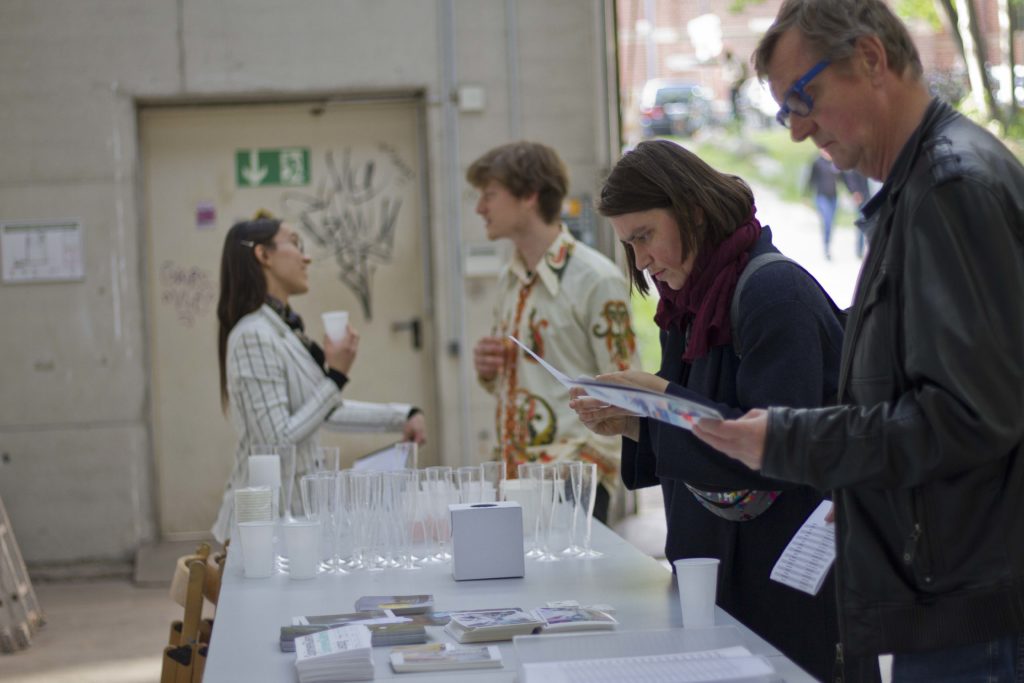
4) Diversity between the art schools makes is possible to choose the style you want to learn
The cool thing is that every school and class is a bit different – some are more concentrated on more traditional representational / figurative, some rotate towards abstraction, another are more experimentational with different artistic media or are focused on handcraft. (For example, my Fine Arts academy in Leipzig has a long history of figurative/traditional painting and a very big department for printing and book art (reason being that Leipzig is near Wittenberg was in the epicentre of first bookprints)). Other academies have a possibility of studying sculptures, ceramics, glass works and much more. Thanks to this diversity, you can choose the right ‚genre‘ for you and if you don‘t know where you will develop or will change your mind during your studies, you can always transfer between classes and even between academies – it‘s very common to do (I did it as well).
5) free EDUCATION! + YOU CAN STUDY AS LONG AS YOU NEED TO
Personally, I pay only around 200 EUR per semester and 95% of this money goes for a transportation ticket! If academy is state-run – which most of them are – there are no education fees. You don‘t even have to pay when you choose to study two schools parallely. This eleviates a huge financial burden, under which students in other countries suffer.
If you have an important reason, you can pause your education for a semester or two and resume it withough paying. Or in some cases, you can prolong your studies by up to 4 semester withought paying additional fees.
6) Age or family status doesn‘t matter
In German art academies, age doesn‘t matter. There are students that are 30, 50 or even 17 years old. If art is your passion andwant to sttudy it, feel free to do so!
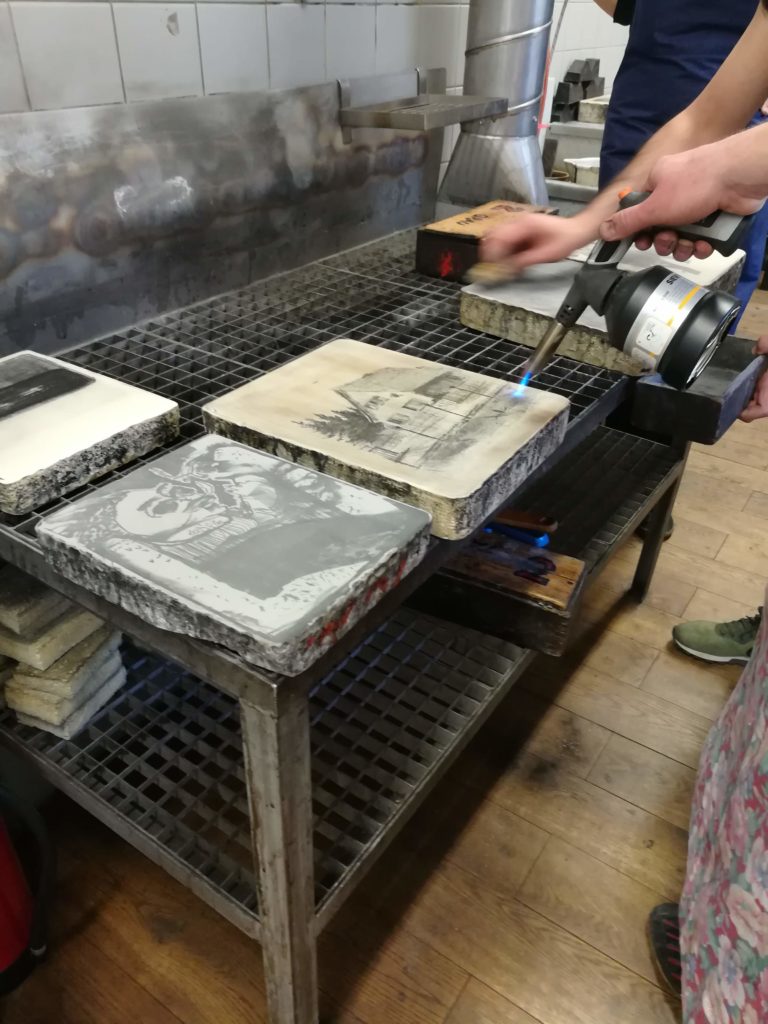
7) You don't have to speak german perfectly to start studyingin germany
Having said that, i still have to remind that German language course an important part of studying and living in Germany. It is a relatively easy language to learn. Usually in order to study at a German institution such as academy, university or college, the proficiency level of German language has to be at least B2. But what if you don‘t have time to learn it until that level? Well, there is a solution to that. Many art academies allow international students to enroll withough a language certificate if they prove that they are attending (planning to attend) an intensive German course that will result into B2 level. Whether it‘s in your country or in Germany, depends on you.
What all these courses and certificated don‘t teach, is art language. If you want to impress your potential professors, I have a crash course as a part of my preparatory packages. I will expain some common phrases and expressions that artists and curators use to describe pieces and talk about art – it’s very useful at the entrance exams!
although most germans speak fluent english, you still have to learn german language. most art colleges require a german language level at least b2. Thankfully, there are countless intensive language courses in/outside germany as well as online that will prepare you for your studies!
8) country with saturated culture
Germany is quite special when it comes to distribution of culture. In most of the countries, the culture is concentrated into a few big metropoleis while leaving smaller cities behind. Germany has some huge international hubs such as Berlin, Hamburg or Cologne, but it has a surprising amount of buzzing middle-sized cities. The reason for the lies in the history of Germany:
For most of its history, Germany was divided in up to 300 small independent states, many of which got rich through trade. Germany that we know today was actually formed in the middle of 20. century and it consist of 16 federal states that still have some of their indepencence. Hence, we have 16 federal capital cities with size from 250 000 to 500 000 inhabitants, thus being big and old enough to have fully-fledged orchestras, opera houses, galleries and event avenues. Take for example Leipzig, Dresden, Rostock, Lübeck or Bremen to name a few. Such environment is perfect for beginning artists. Even if you plan on going somewhere else after your art studies, having experience with regional art will make your portfolio ever more rich.
(My experience confirms this. There are many open calls made by galleries and art societies searching for new generations and I have exhibited regularly in and outside Leipzig. And if you create a group of friends, it‘s even easier to have lots of exhibitions. The group Mehrazhl (mehrzahl.art), which i have co-founded, has been doing exactly this.)
It is an important to decide, whether you want to be in a big hub or a smaller city. Having an experience with both of scenarios, I will help you find a perfect city and school!
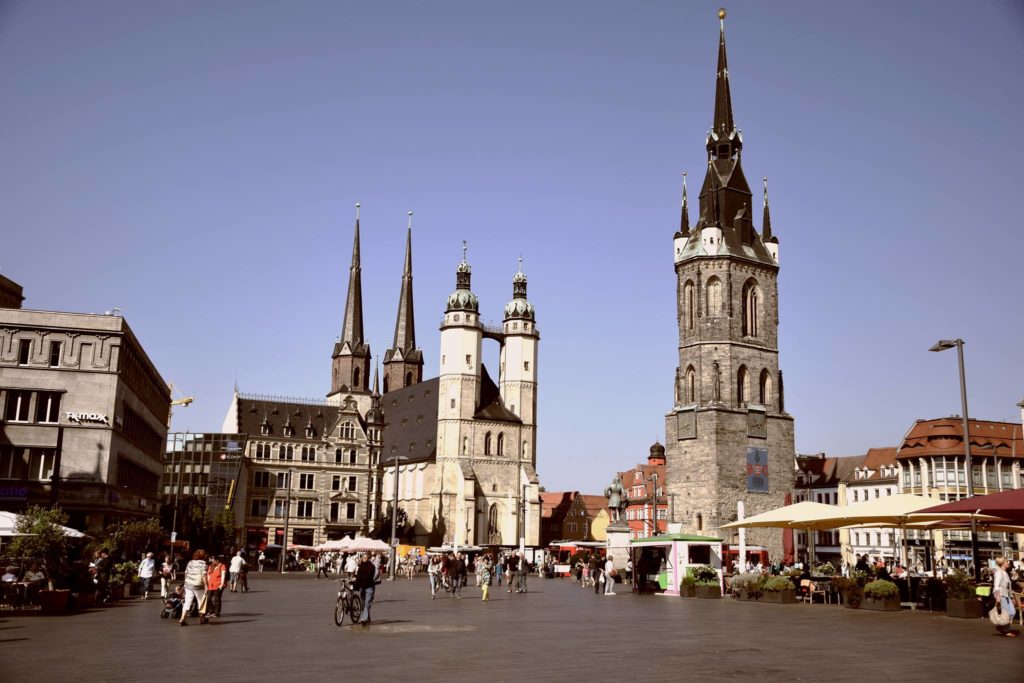
9) financial support for international students
Do you want to study abroad but you are tight of the money and your country doesn‘t provide financial support? If you study art in Germany, you will find a row of potential stipends and other financial support by german government and similar institutions, such as DAAD, student loan BaföG (where you would will have to pay back only 50%), Deutschlandstipendium, and many smaller foundations.
A lot of information, including conditions for low-interest loan and grands are exclusively in German. If you need a help with orientation in this topic, I will gladly assist you.
conclusion
All things considered, Germany has many benefits for art students. The only thing you have to learn is the language. But it‘s a worthy trade-off for a high-quality and free education, vibrant culture and lots of opportunities for kickstarting your artistic career.
do you want to know more? I will personally assist you and answer all questions concerning studies in Germany in my individually tailored consulting services!

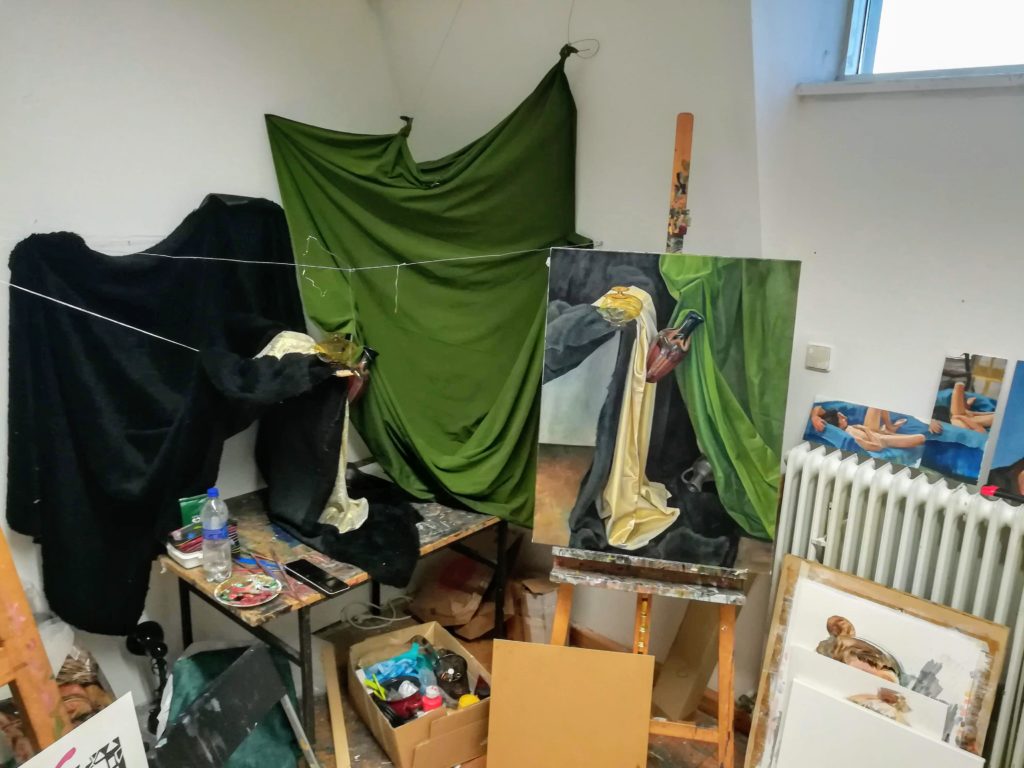
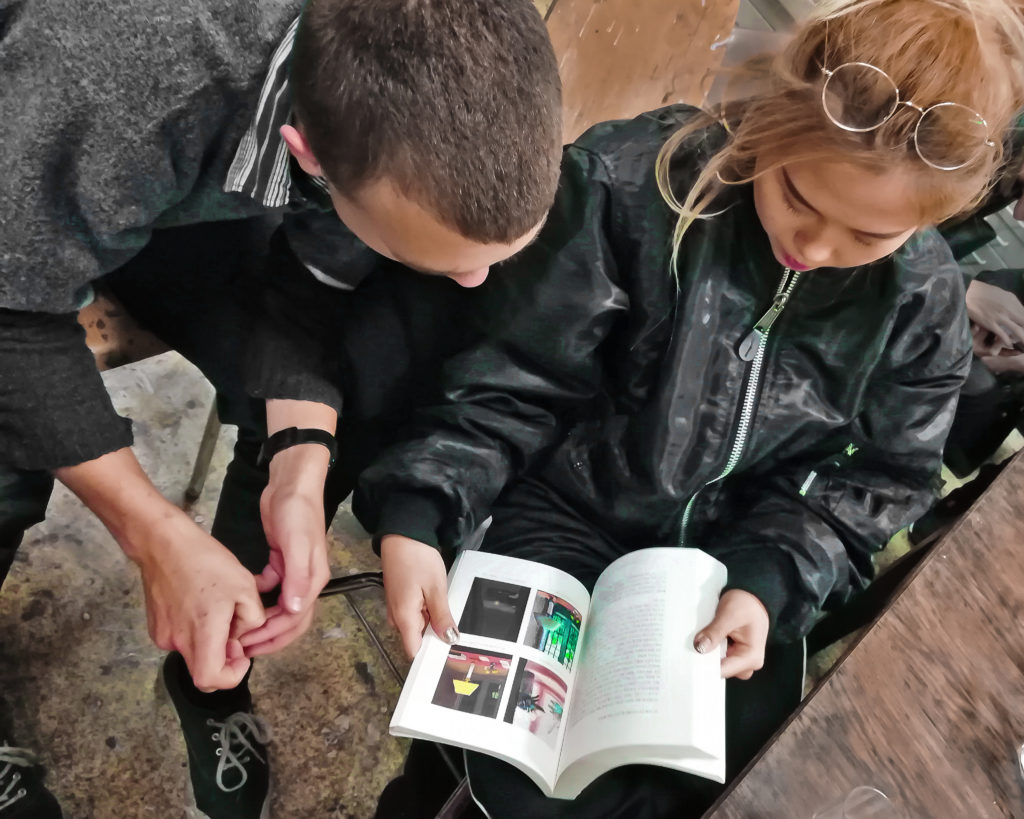
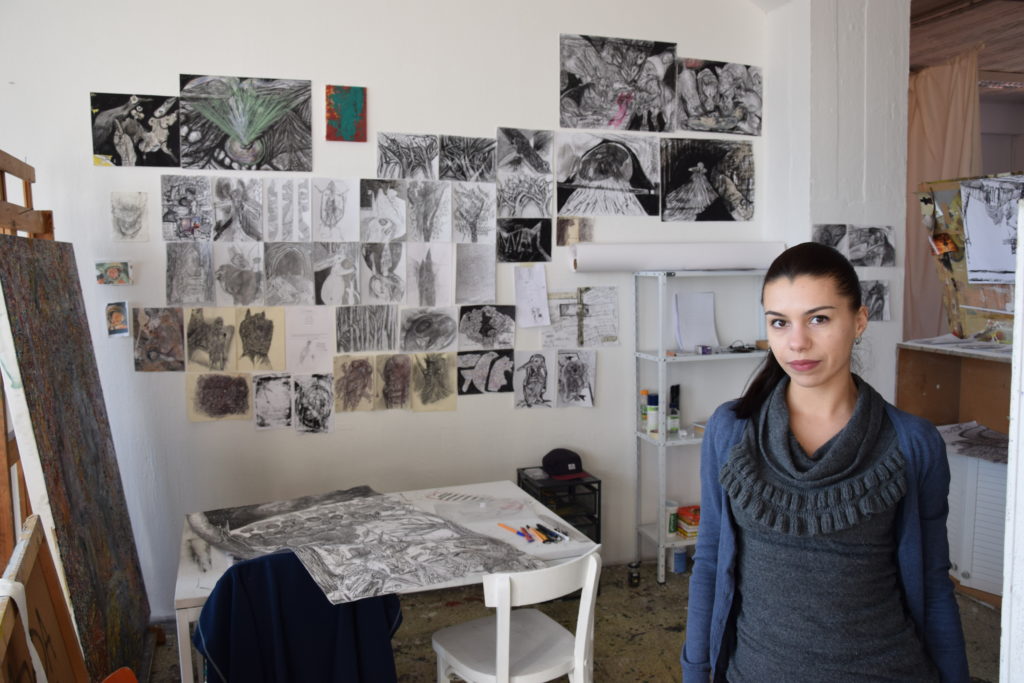
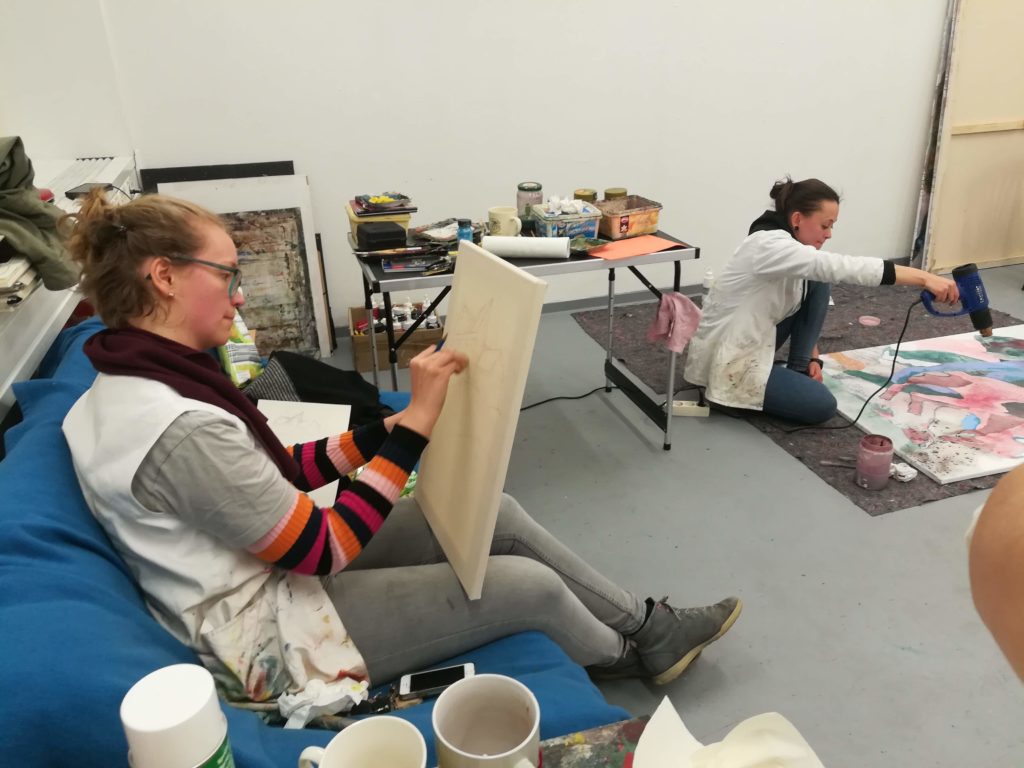
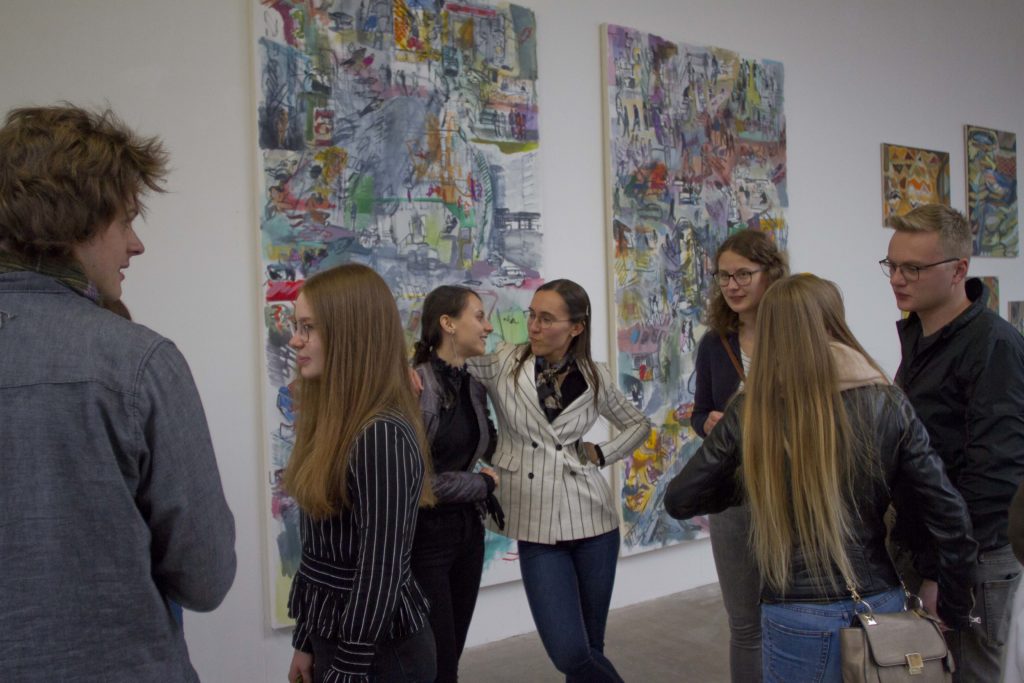

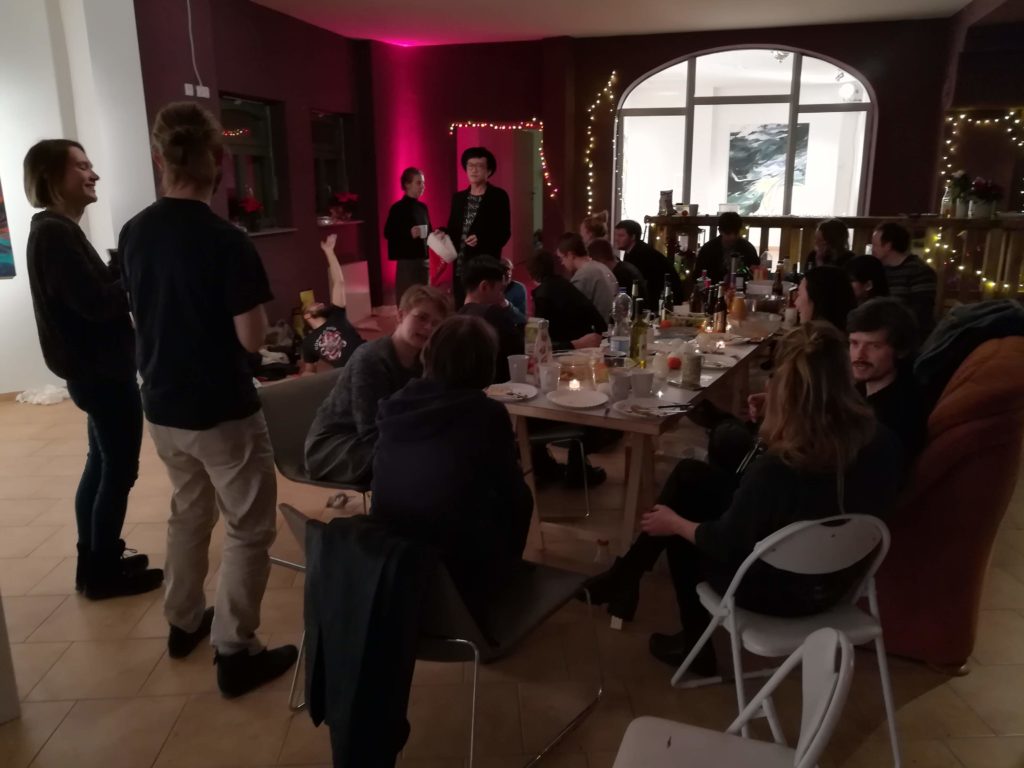

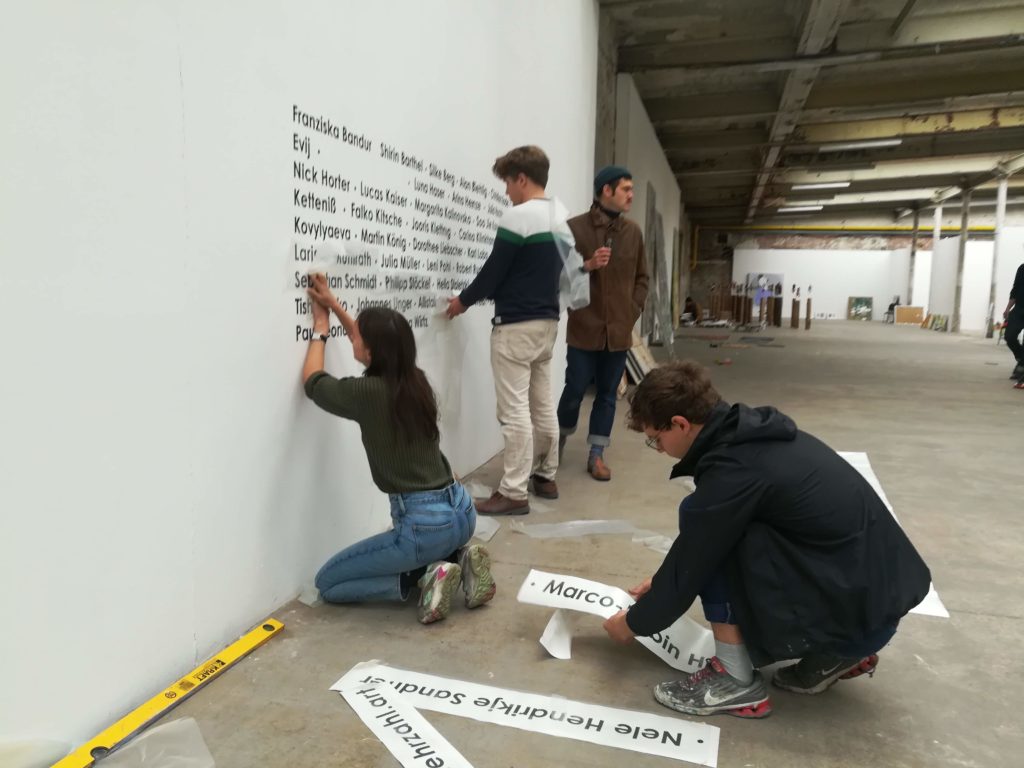
Let's get you into a german art college
Apply for the unique one-on-one online sessions that will prepare you or your child for the adventurous & educational journey at a German art college!
